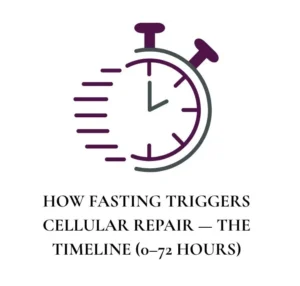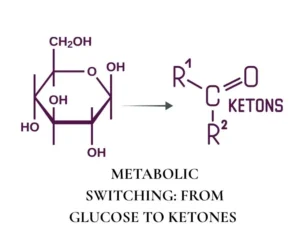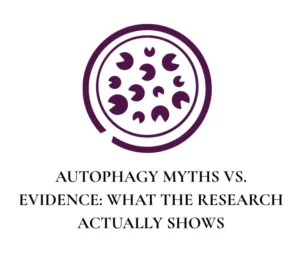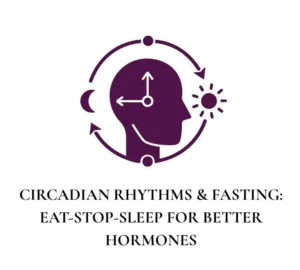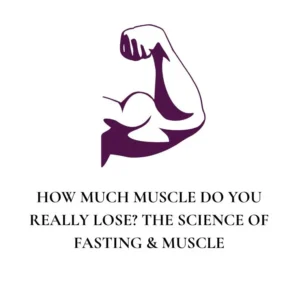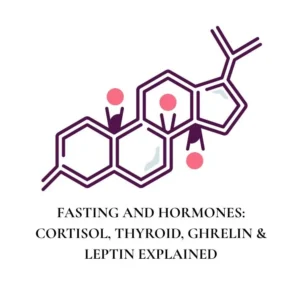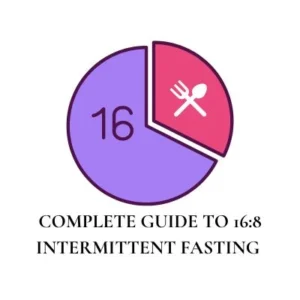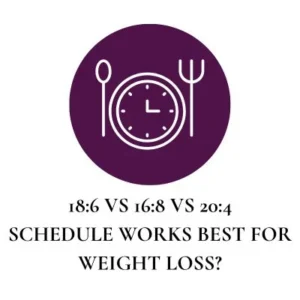We often hear about calories, carbs, and fat. But behind the scenes, one hormone silently controls the traffic of energy in your body: insulin.
- When insulin is working properly → energy flows smoothly, sugar enters cells, fat storage and fat burning are balanced.
- When insulin malfunctions (insulin resistance) → sugar stays in the blood, fat burning shuts down, weight gain and disease follow.
👉 Fasting is the most natural and powerful way to restore insulin balance.
Table of Contents
ToggleThis post will explore:
- What insulin really does.
- The difference between insulin sensitivity and resistance.
- How fasting improves insulin function.
- How this reversal can heal weight, diabetes, and metabolism.
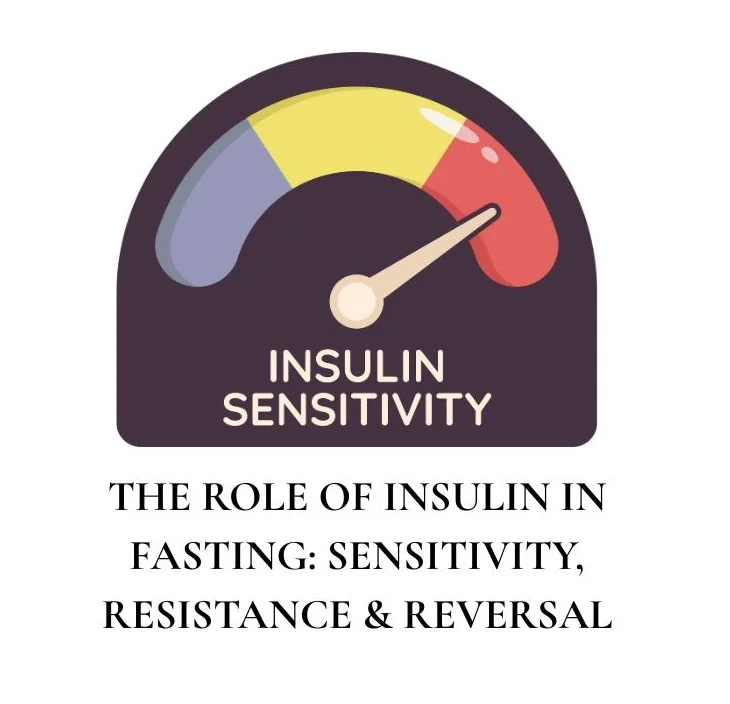
WHAT IS INSULIN?
Insulin is a hormone made by the pancreas. Think of it as the key that opens the door for glucose (sugar) to enter your cells.
When you eat carbs (bread, rice, fruits, sweets), they break down into glucose in your blood.
Without insulin, glucose would just float there uselessly.
- Normal insulin response: Glucose rises → pancreas releases insulin → insulin carries glucose into cells → blood sugar normalizes.
- Excess insulin response: If you keep eating frequently, insulin stays high → body stores more fat and blocks fat burning.
So, insulin is not “bad” — it is vital. The problem is when your body becomes resistant to it.
INSULIN SENSITIVITY VS. INSULIN RESISTANCE
- Insulin sensitivity = your cells respond easily to insulin. A small amount of insulin moves glucose into cells effectively. (This is healthy.)
- Insulin resistance = your cells ignore insulin’s “knock.” The pancreas produces more and more insulin to compensate. (This is unhealthy.)
Over time, insulin resistance leads to:
- Chronically high insulin.
- Chronically high blood sugar.
- Fat locked in storage (hard to lose weight).
- Type 2 diabetes, metabolic syndrome, PCOS, fatty liver.
👉 Nearly 1 in 3 adults worldwide has some degree of insulin resistance.
THE ROLE OF INSULIN IN FASTING
Fasting directly influences insulin:
Insulin Levels Drop
- When no food enters, glucose levels stabilize at baseline.
- Pancreas rests → less insulin is released.
Fat Burning Unlocks
- Low insulin allows fat cells to release fatty acids.
- The liver converts them into ketones for energy.
Insulin Sensitivity Improves
- Cells reset; they “listen” to insulin again.
- Less insulin is needed to manage the same glucose load.
Blood Sugar Regulation Resets
- Glucose highs and crashes stabilize.
- Risk of diabetes decreases.
👉 This is why fasting is sometimes called a reset for insulin.
HOW FASTING IMPROVES INSULIN SENSITIVITY
Let’s break it down:
- Lower Meal Frequency = Lower Insulin Exposure
- Modern eating (3 meals + snacks) keeps insulin high all day.
- Fasting reduces insulin “pressure” by giving long breaks.
- Glycogen Depletion = Insulin Reset
- After 12–16 hours of fasting, liver glycogen is low.
- Cells become more responsive when food is reintroduced.
- Fat Burning Restores Balance
- In insulin resistance, fat cells are “locked.”
- Fasting unlocks them, reduces visceral fat (belly fat around organs).
- Less visceral fat = higher insulin sensitivity.
- Inflammation Reduction
- Chronic inflammation worsens insulin resistance.
- Fasting lowers inflammatory markers, improving insulin’s signaling.
FASTING TIMELINES & INSULIN
- 12–16 Hours (Intermittent Fasting)
- Insulin drops modestly.
- Early improvements in sensitivity.
- 24 Hours
- Insulin levels remain low for an extended period.
- Fat burning accelerates.
- 48–72 Hours (Extended Fasting)
- Profound insulin reduction.
- Glucose metabolism resets.
- Studies show reversal of insulin resistance in some cases.
👉 Even short daily fasts consistently improve insulin sensitivity.
INSULIN RESISTANCE: THE ROOT OF MODERN DISEASE
Insulin resistance is not just about diabetes. It is the engine behind many chronic conditions:
- Obesity → Fat locked in storage.
- Type 2 Diabetes → Blood sugar remains chronically high.
- PCOS (Polycystic Ovary Syndrome) → High insulin drives excess androgens (male hormones).
- NAFLD (Fatty Liver Disease) → Insulin resistance drives fat storage in the liver.
- Cardiovascular Disease → Insulin resistance worsens blood lipids and arterial inflammation.
HOW FASTING REVERSES INSULIN RESISTANCE
Caloric Restriction Without Weakness
- Unlike diets, fasting lowers insulin without constant hunger.
Improved Hormonal Balance
- Cortisol, growth hormone, and leptin realign with insulin.
Autophagy & Repair
- Damaged insulin receptors may be cleared and renewed.
Weight Loss
- Belly fat reduction directly improves insulin function.
PRACTICAL TIPS: USING FASTING FOR INSULIN HEALTH
Start with Intermittent Fasting (14:10 or 16:8)
- Daily breaks give your pancreas rest.
Avoid Sugary Drinks During Fasting
- They spike insulin and cancel the fast.
Eat Whole Foods in Feeding Window
- Focus on protein, fiber, healthy fats.
- Avoid processed carbs.
Exercise During Fast
- Increases insulin sensitivity in muscles.
Stay Consistent
- Benefits build over weeks to months.
WHO SHOULD BE CAREFUL?
Fasting and insulin changes can be risky if:
- You take insulin or blood-sugar-lowering medication.
- You’re pregnant or breastfeeding.
- You’re underweight or malnourished.
- You have a history of eating disorders.
👉 Always consult your doctor before combining fasting with medications.
CASE STUDIES & EVIDENCE
- Type 2 Diabetes: Dr. Jason Fung’s clinic (Canada) showed patients reversing diabetes using intermittent fasting + low-carb nutrition.
- PCOS: Women practicing fasting improved cycles, lowered insulin, and reduced symptoms.
- Obesity: Trials show fasting leads to greater visceral fat loss (the fat most linked to insulin resistance).
Frequently Asked Questions
Q1: How long do I need to fast to lower insulin?
- Even 12–16 hours help. Extended fasts (24–48h) create deeper insulin reduction.
Q2: Can fasting cure diabetes?
- Fasting may reverse Type 2 diabetes in many cases by improving sensitivity. Type 1 diabetes is different — fasting does not cure it.
Q3: Does coffee affect insulin?
- Black coffee may lower insulin slightly. Sweeteners, sugar, or milk raise it.
Q4: How do I know if I’m insulin resistant?
- Signs include belly fat, cravings, fatigue after meals, dark skin patches, lab tests showing high fasting insulin or HOMA-IR.
Q5: Should I combine fasting with keto?
- Yes, a low-carb diet makes fasting easier and lowers insulin faster.
Closing Thought: Insulin as a Key to Healing
At its core, fasting is not about deprivation — it is about restoring your relationship with insulin.
Every fast is a message to your body:
- Lower the noise of constant eating.
- Allow insulin to fall.
- Let cells reset their sensitivity.
This is why fasting heals. Not just weight loss, but deep metabolic repair.
And if you’ve struggled with cravings, belly fat, or blood sugar swings, it’s not lack of willpower.
It’s insulin resistance — a condition fasting can help reverse.
👉 If you’re curious about using fasting to reset insulin safely and effectively, guided support can make the journey smoother.
With the right plan, you can unlock the body’s own ability to heal.


